With the rapid development of experimental techniques on various multi-qubit platforms, the field of quantum simulation and quantum computing has entered the era of noisy intermediate-scale quantum (NISQ). In the NISQ era, quantum computing tasks that exceed the performance of classical supercomputers are difficult to achieve. Therefore, on the quantum platform with long decoherence time and multi-bit integration, using high-precision quantum operations and independent addressable measurements to simulate and observe various novel physics that are difficult to achieve in real materials has become an important research direction of NISQ quantum simulation platform.
Recently, Professor Zhang Yuran and Professor Liu Tao of the School of Physics and OptoElectronics, in cooperation with the Institute of Physics of the Chinese Academy of Sciences and the RIken Institute of Japan, have made two advances in the direction of quantum simulation of the topological boundary state of the superconducting quantum platform. The results are published in the journals Nature Communications and Physical Review Letters.
Outcome 1:
Recently, the Institute of Physics of the Chinese Academy of Sciences (hereinafter referred to as Physics Institute), Beijing Academy of Quantum Information Science (hereinafter referred to as Beijing Quantum Institute), Nankai University, South China University of Technology, Japan RIKEN Institute of Chemistry (hereinafter referred to as RIKEN) and other units cooperated. On a 30-bit quantum chip (Figure 1), the configuration of a one-dimensional bit chain and a quasi-one-dimensional bit ladder is realized. Using artificial dimension, the lattice model of two dimensional old insulator and double layer old insulator with different coupling modes is simulated. By designing schemes to excite specific qubits and measure the energy of different eigenstates, the team directly measured the topological band structure, and observed the dynamic characteristics of the boundary regions of the topological boundary states of the system, and confirmed the body-edge correspondence in the topological band theory on the superconducting quantum simulation platform (Figure 2). In addition, by simulating a double-layered Chen insulator on a superconducting quantum simulation platform using all 30 qubits, a special topological non-neutral edge state with zero hall conductance (zero Chen number) has been experimentally observed for the first time (Figure 3). In addition, aging insulators with higher aging numbers are simulated experimentally.
The work, entitled Simulating Chern insulators on a superconducting quantum processor, was published in Nature Communications 14,5433 (2023). Huang Kaixuan, postdoctoral fellow of Beijing Quantum Institute, and Zhang Yuran, Professor of South China University of Technology are co-first authors of the paper. Kai Xu, Associate Researcher at the Institute of Physics, Professor Franco Nori at Riken, Japan, and Fang Fang, Researcher at the Institute of Physics are co-corresponding authors. The authors thank Weng Hongming, a researcher at the Institute of Physics, for his guidance and discussion.
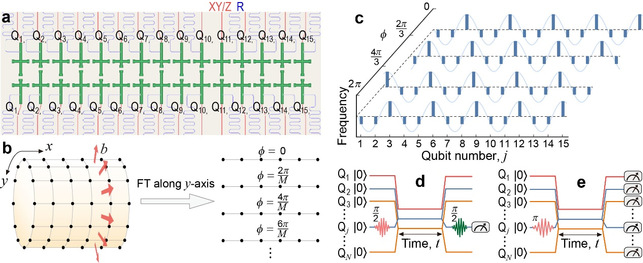
Figure 1:30-bit ladder quantum chip, artificial dimension and experimental waveform sequence.
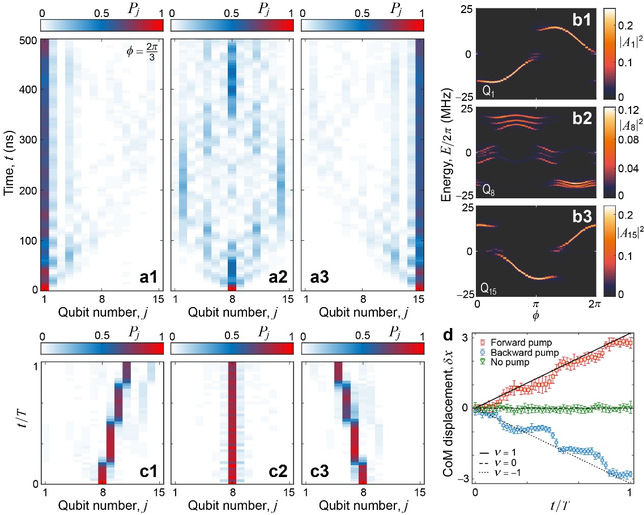
FIG. 2 The volume-edge correspondence and quantum pumping of the topological boundary states of two-dimensional old insulators.
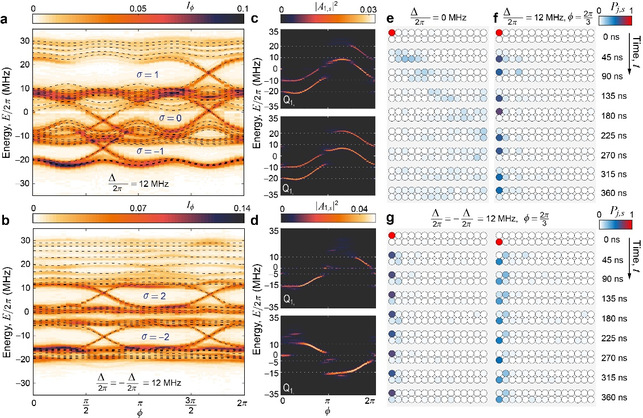
FIG. 3 Topological band structure measurement and body edge correspondence of double-layer old insulator.

Outcome 2:
The Institute of Physics, Beijing Quantum Institute, South China University of Technology, RIKEN Japan and other units have worked together to simulate various diagonal Aubry-Andre-Harper (AAH) models on the Chuangzi 41 superconducting bit quantum processor (FIG. 4). The energy spectrum of the famous Hofstadter butterfly was directly measured by dynamic spectroscopy (FIG. 5). Further, the team constructed a commensurate non-diagonal AAH model using period-driven regulation techniques, directly measured its topological band structure, and witnessed localization of edge excitation during quantum walking (Figure 6). By verifying the body-edge correspondence, the team experimentally observed the existence of topological zero-energy edge states in a commensurate nondiagonal AAH model for the first time. In the NISQ era, this work establishes a general hybrid quantum simulation method aided by highly controllable period-driven regulation techniques that can be used to simulate and study a variety of novel quantum topological multibody systems.
The work is titled Quantum simulation of topological zero modes on a 41-qubit superconducting processor. Published in Physical Review Letters 131, 080401 (2023). PhD students Shi Yunhao and Liu Yu of the Institute of Physics, Professor Zhang Yuran and loyal Engineer of the Institute of Physics of South China University of Technology are co-first authors, Associate Researcher Xu Kai and Researcher Zheng Dongning of the Institute of Physics, Professor Franco Nori of Riken Japan, and Researcher Fan Fang of the Institute of Physics are co-corresponding authors.
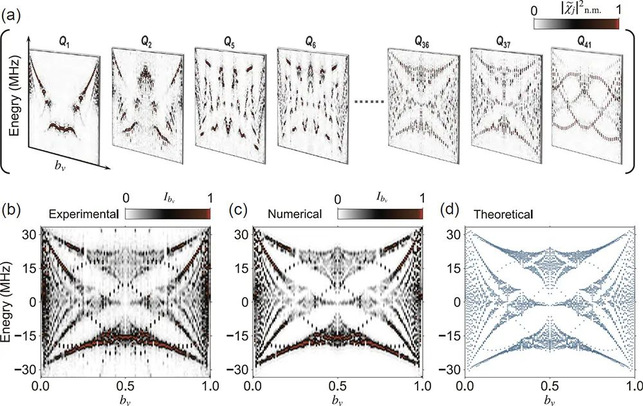
FIG. 4 Sequence of experimental pulse waveforms for the 41 bit Chuangzi superconducting quantum processor and the construction of diagonal and non-diagonal AAH models.
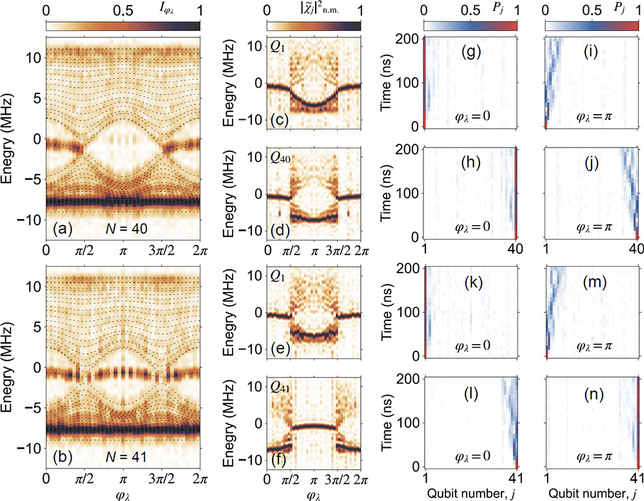
FIG. 5 Measurement of energy spectrum of the diagonal AAH model Hofstadter butterfly
FIG. 6 Topological zero-energy mode and body-edge correspondence of a commensurate non-diagonal AAH model.
The design of various quantum simulations and computing platforms is now highly aligned, and special theoretical schemes are needed to demonstrate new physics. In the quantum simulation series, the theoretical team of Prof. Liu Tao and Prof. Zhang Yuran from South China University of Technology and Prof. Franco Nori from RiKEN Japan designed the experimental scheme of the two quantum simulation results and completed the numerical analysis and theoretical interpretation of the experimental results. In the series of work, the collaborative team simulated two types of quantum topological states on the quantum simulator that had never been prepared or observed in experiments, which also reflected the superiority of the quantum simulator. The series of work has been supported by the National Natural Science Foundation of China and the Double first-class construction project of South China University of Technology.



